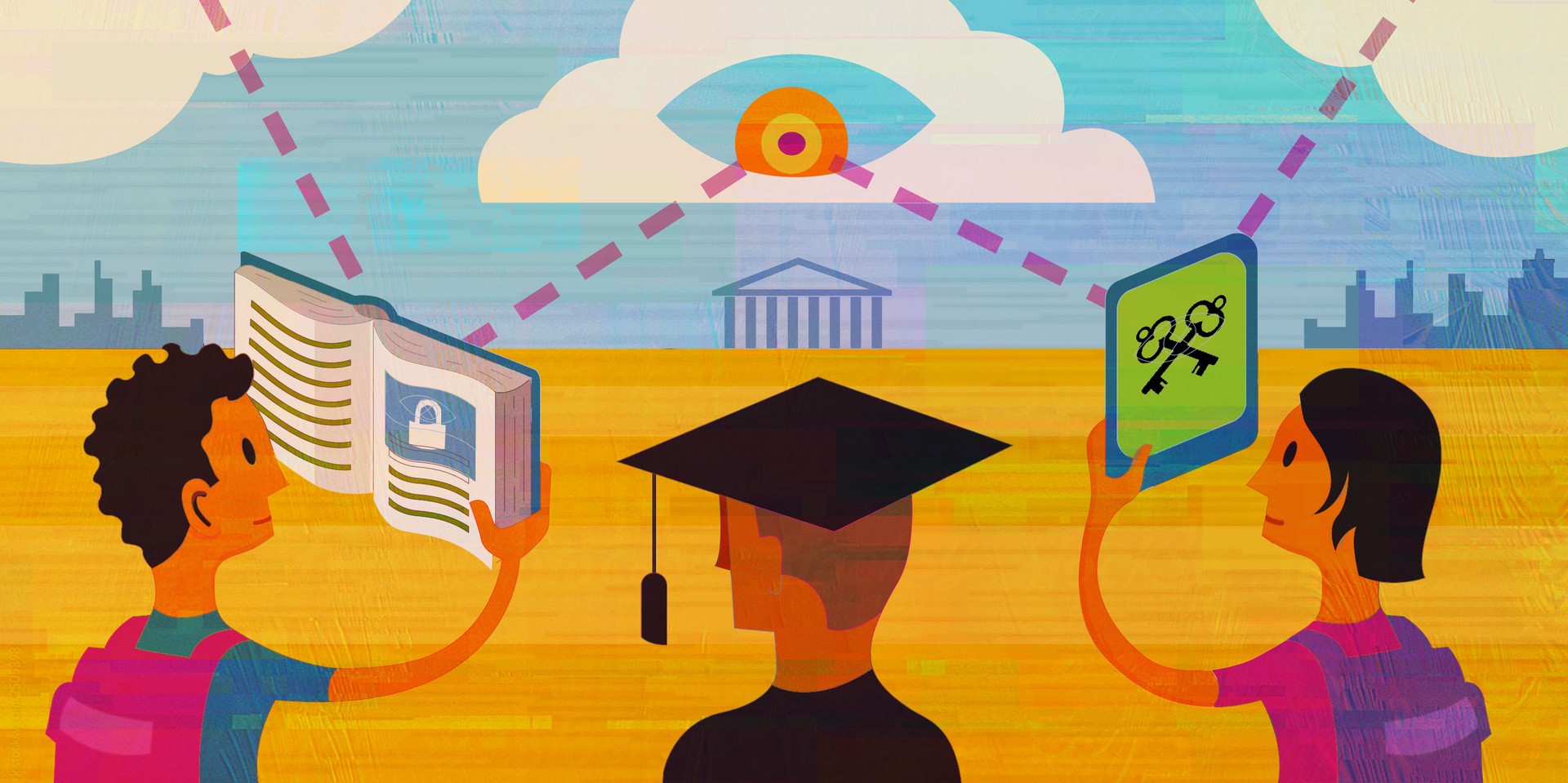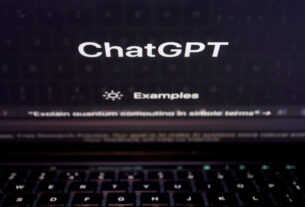Generative AI gained widespread attention earlier this year, but one group has had to reckon with it more quickly than most: educators. Teachers and school administrators have struggled with two big questions: should the use of generative AI be banned? And should a school implement new tools to detect when students have used generative AI? EFF believes the answer to both of these questions is no.
AI Detection Tools Harm Students
For decades, students have had to defend themselves from an increasing variety of invasive technology in schools—from disciplinary tech like student monitoring software, remote proctoring tools, and comprehensive learning management systems, to surveillance tech like cameras, face recognition, and other biometrics. “AI detection” software is a new generation of inaccurate and dangerous tech that’s being added to the mix.
Tools such as GPTZero and TurnItIn that use AI detection claim that they can determine (with varying levels of accuracy) whether a student’s writing was likely to have been created by a generative AI tool. But these detection tools are so inaccurate as to be dangerous, and have already led to false charges of plagiarism. As with remote proctoring, this software looks for signals that may not indicate cheating at all. For example, they are more likely to flag writing as AI-created when the word choice is fairly predictable and the sentences are less complex—and as a result, research has already shown that false positives are more frequent for some groups of students, such as non-native speakers.
Instead of demonizing it, schools should help students by teaching them how this potentially useful technology works and when it’s appropriate to use it.
There is often no source document to prove one way or another whether a student used AI in writing. As AI writing tools improve and are able to reflect all the variations of human writing, the possibility that an opposing tool will be able to detect whether AI was involved in writing with any kind of worthwhile accuracy will likely diminish. If the past is prologue, then some schools may combat the growing availability of AI for writing with greater surveillance and increasingly inaccurate disciplinary charges. Students, administrators, and teachers should fight back against this.
If you are a student wrongly accused of using generative AI without authorization for your school work, the Washington Post has a good primer for how to respond. To protect yourself from accusations, you may also want to save your drafts, or use a document management system that does so automatically.
Bans on Generative AI Access in Schools Hurt Students
Before AI detection tools were more widely available, some of the largest districts in the country, including New York Public Schools and Los Angeles Unified, had banned access to large language model AI tools like ChatGPT outright due to cheating fears. Thankfully, many schools have since done an about face, and are beginning to see the value in teaching about them, instead. New York City Public Schools lifted its ban after only four months, and the number of schools with a policy and curriculum that includes them is growing. New York City Public School’s Chancellor wrote that the school system “will encourage and support our educators and students as they learn about and explore this game-changing technology while also creating a repository and community to share their findings across our schools.” This is the correct approach, and one that all schools should take.
This is not an endorsement of generative AI tools, as they have plenty of problems, but outright bans only stop students from using them while physically in school—where teachers could actually explain how they work and their pros and cons—and obviously won’t stop their use the majority of the time. Instead, they will only stop students who don’t have access to the internet or a personal device outside of school from using them.
These bans are not surprising. There is a long history of school administrators and teachers blocking the use of a new technology, especially around the internet. For decades after they became accessible to the average student, educators argued about whether students should be allowed calculators in the classroom. Schools have banned search engines; they have banned Wikipedia—all of which have a potentially useful place in education, and one that teachers are well-positioned to explain the nuances of. If a tool is effective at creating shortcuts for students, then teachers and administrators should consider emphasizing how it works, what it can do, and, importantly, what it cannot do. (And in the case of many online tools, what data it may collect). Hopefully, schools will take a different trajectory with generative AI technology.
Artificial intelligence will likely impact students throughout their lives. The school environment presents a good opportunity to help them understand some of the benefits and flaws of such tools. Instead of demonizing it, schools should help students by teaching them how this potentially useful technology works and when it’s appropriate to use it.



